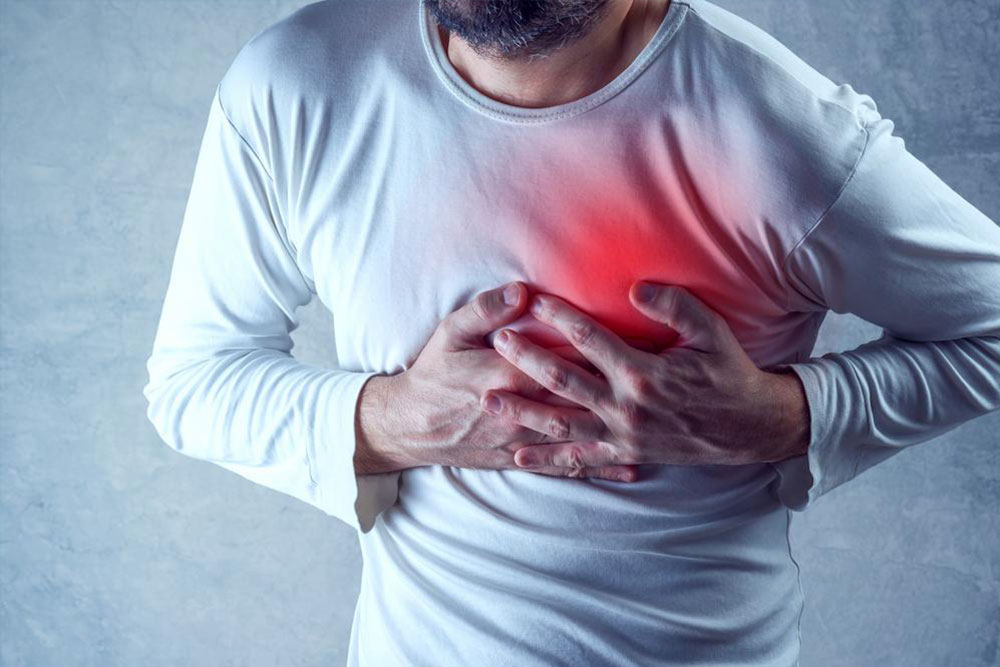Understanding Male Breast Cancer: Essential Facts and Insights
Male breast cancer, though rare, requires awareness for early detection and treatment. This article explores symptoms, risk factors, diagnosis, and treatment options to help men understand this condition better. Recognizing signs early can significantly improve prognosis, making medical consultation essential if any abnormal changes occur. Maintaining a healthy lifestyle post-diagnosis is crucial for recovery and ongoing health.

Understanding Male Breast Cancer: Essential Facts and Insights
While breast cancer is widely recognized as a female disease, men can also develop this condition. Male breast cancer is rare, comprising roughly 1% of all breast cancer cases. Men have undeveloped breast tissue, which can still be affected by abnormal cell growth. These cancerous cells result from uncontrolled multiplication, similar to female breast cancer, and can spread if untreated.
Typically, the likelihood of male breast cancer remains low, with a lifetime risk of about one in a thousand men. The occurrence has remained steady over the decades.
Symptoms in men mirror those in women, including lumps, skin changes, nipple discharge, or nipple inversion. If you notice any unusual signs, consult your healthcare provider promptly.
While the exact causes of male breast cancer are unclear, risk factors include prolonged radiation exposure, hormonal imbalances like gynecomastia, family history, high estrogen levels, liver disease, Klinefelter’s syndrome, and genetic mutations such as BRCA2.
Early diagnosis through biopsy, ultrasound, or mammography is crucial. Treatment options resemble those for female breast cancer and include surgery (mastectomy), chemotherapy, and radiation therapy. Addressing symptoms early improves outcomes, so seek medical advice if needed.
Post-treatment, maintaining a healthy lifestyle and regular follow-ups are vital for recovery and health maintenance.










